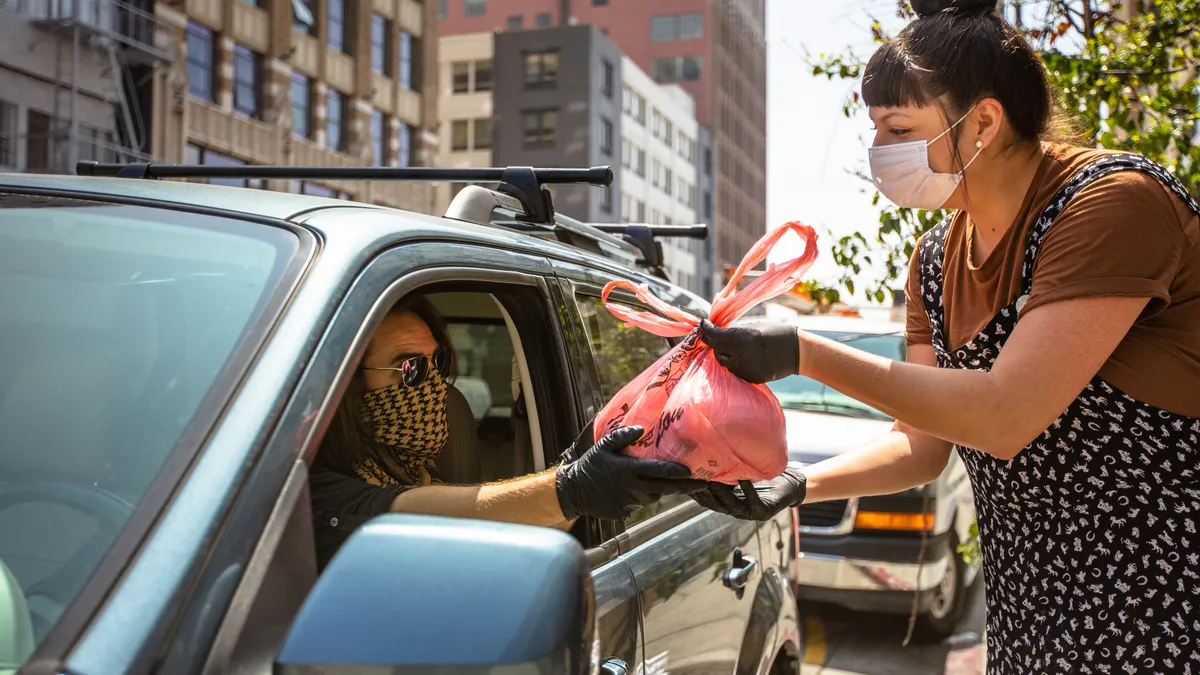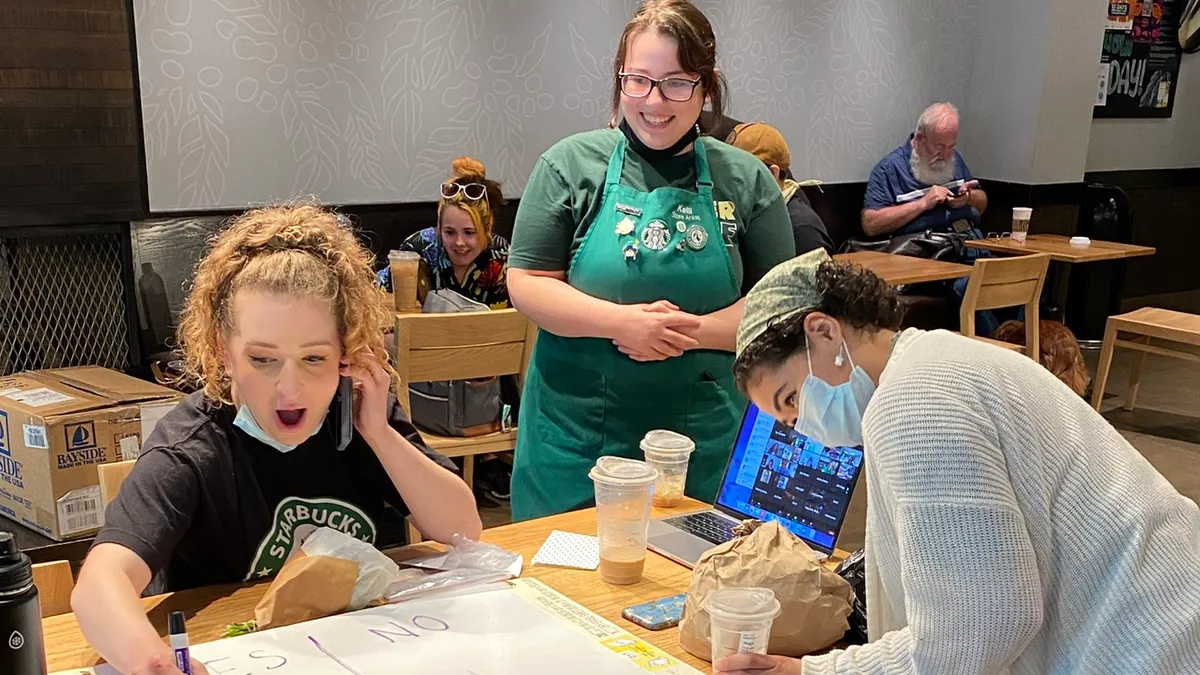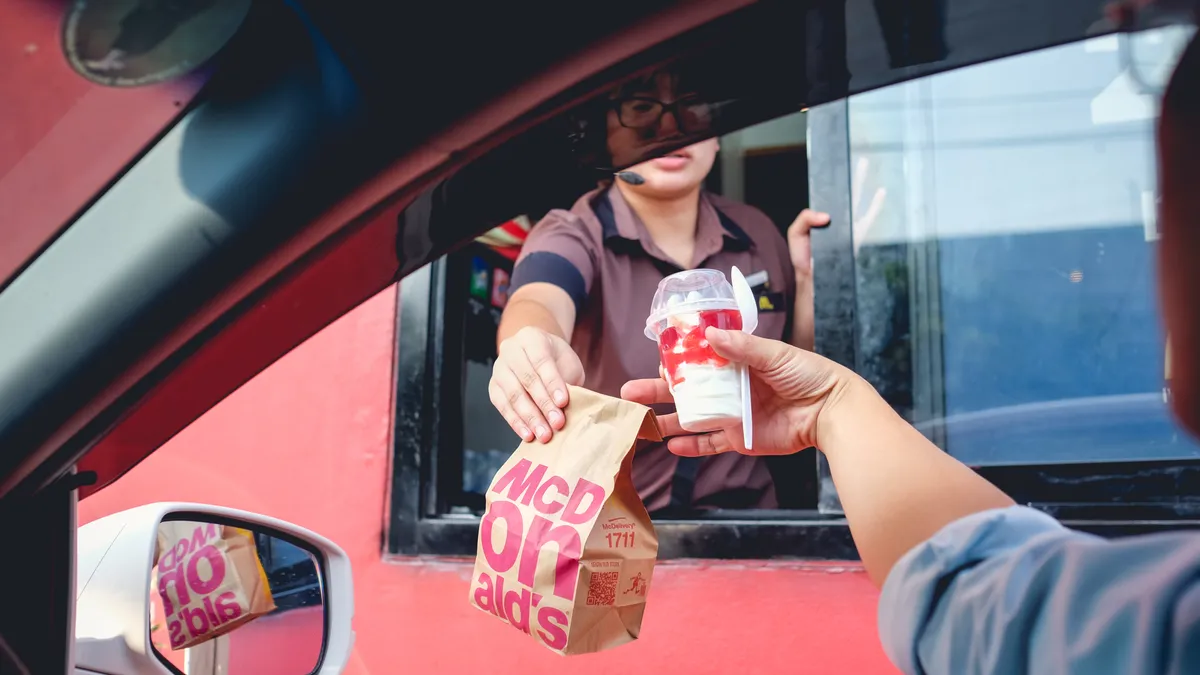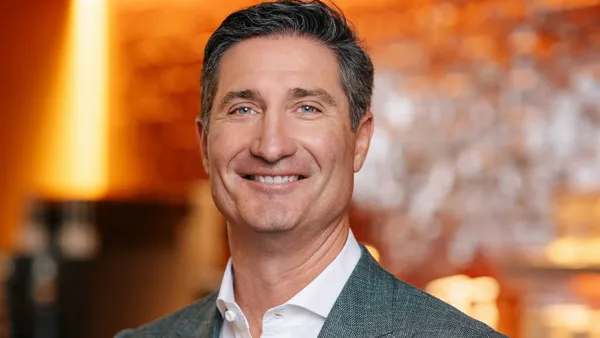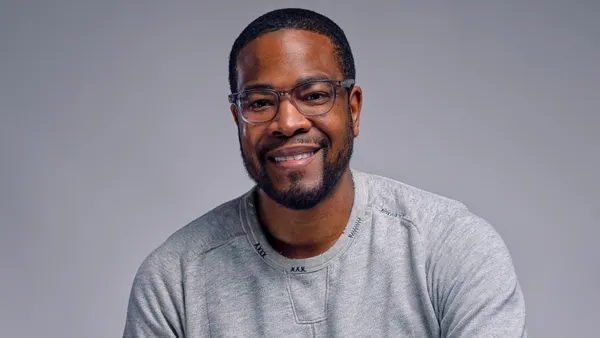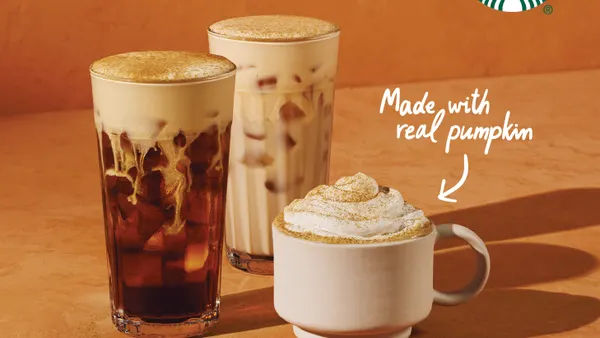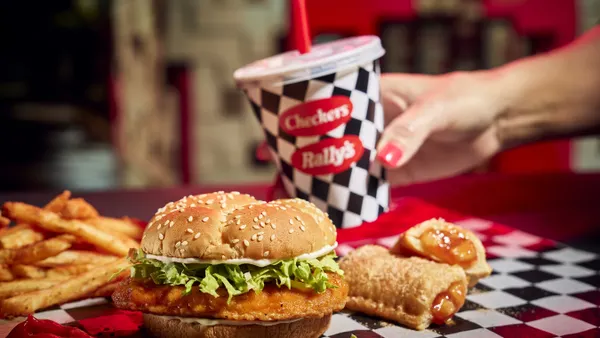As dining rooms closed abruptly during the pandemic, restaurants revved up their off-premise offerings. Most QSRs would agree that the drive-thru became the MVP of the pandemic, capturing 44% of orders outside the home[1].
Even as the economy shifts, life in the thru lane is maintaining momentum as consumers embrace its functionality and convenience. Here's what's behind the resurgence of the drive-thru and how restaurants can capture their share of this burgeoning market.
The trends propelling a drive-thru renaissance
There are several reasons why consumers aren't planning to put the brakes on their affinity for the drive-thru. One key consideration is a change in commuting patterns, as consumers maintain their work-from-home or hybrid schedule. No longer confined to the office, they are more apt to run errands or fit in a trip to the gym whenever they please, and then hit the drive-thru on the way home to grab a pick-me-up for themselves or an afternoon snack for their kids.
Waze research highlights a flattening of navigation from the main day part to seeing more consistent traffic throughout the day. QSR restaurants now see less of a lunch and dinner spike and more navigation happening between 1 and 4 p.m. and 7 and 10 p.m. Coffee shops are seeing steady opportunity from 9 a.m. to 4 p.m., rather than the previous 5 to 9 a.m. time frame[2].
Not only have commutes shifted, but so have consumers' dining rhythms with a rise in early-morning snacking occasions that might lead a driver straight to the drive-thru to satisfy those cravings[3]. That's where advertising solutions can help create opportunities and attract spontaneous visits; for example, they might not even have realized the juice shop was on the way home from the boxing gym until it popped up in their navigation app.
In addition, with a regular commute disrupted, more people are using their own vehicles, rather than jumping on public transportation. Private car use now accounts for up to 48% of the trips taken in 25 global cities, compared to 40% of trips prior to COVID-19. At the same time, public transport, which accounted for roughly 60% of the trips before the pandemic, dropped to just about half the proportion in 2021[4].
With heightened mobility and flexibility, it's easier than ever for drivers to get dinner on a whim at a convenient drive-thru location as they motor around town.
And finally, travelers are increasingly taking their vacations to the streets, opting for road trips over air travel. In a survey conducted in March 2021, 72% of respondents said they intended to take their next vacation by car[5], with 96% of road trippers saying they will stop for meals or snacks as they head to their destination[6].
QSRs reimagine the drive-thru
With drive-thrus garnering sustained renewed interest, brands have been investing resources in making the experience more efficient and engaging.
A drive-thru can't attract visits unless drivers are alerted to its presence, notes Waze's Head of Industry, Restaurant, Mike Wilson. "Brands find their drive-thru business soars when they use a Waze solution like Location Personality badges that literally puts them on the map."
[1] "Digital ordering and off-premises services shine through the clouds and will drive future industry growth." NPD Group, 27 January 2021, URL. Accessed 20 September 2021.
[2] Waze Data, US, 2021.
[3] "Redefining Normal: Three Takeaways from Hartman's Spring 2021 Eating Occasions Special Report." Hartman Group, 10 August 2021, URL. Accessed 20 September 2021.
[4] "Distribution of public transport and private car trips by users before, during and after the pandemic, as of 2021." Statista, 20 August 2021, URL. Accessed 20 September 2021.
[5] "Will this holiday sparkle? Consumers are ready to bring the shine." PwC, URL. Accessed 11 October, 2021.
[6] Google Consumer Survey, March 2021.

